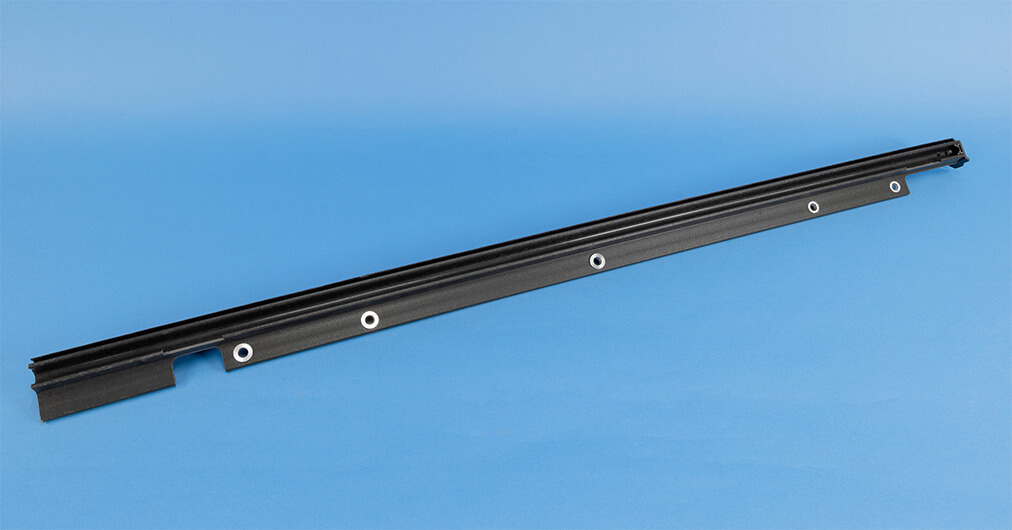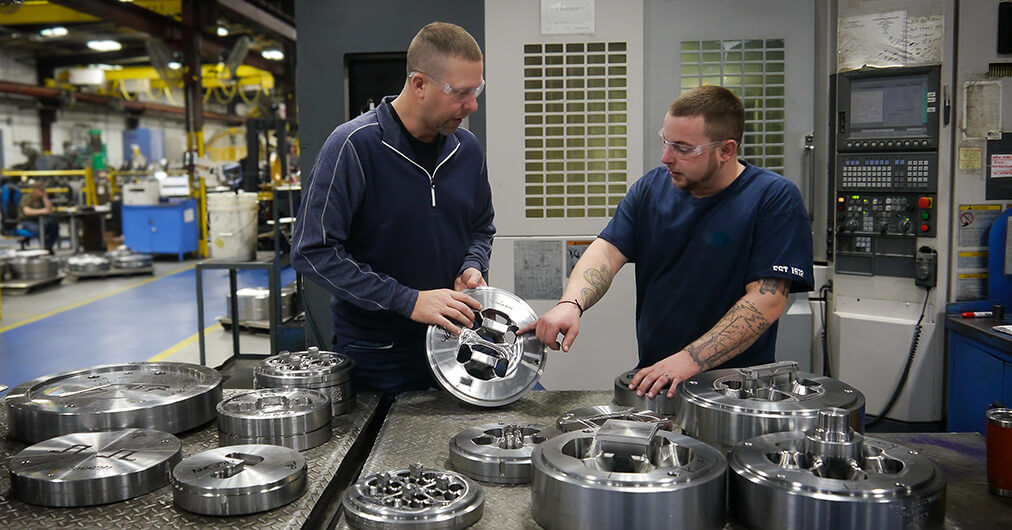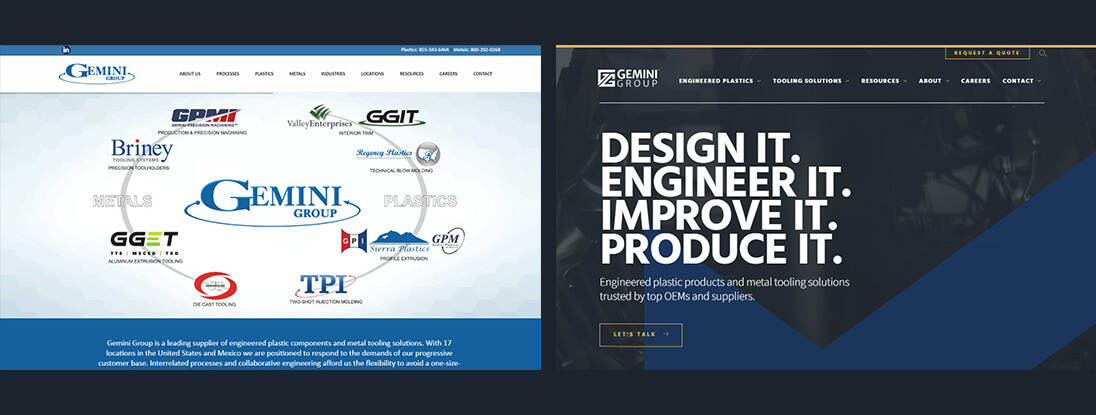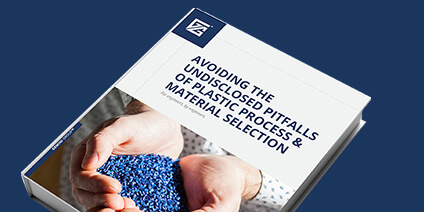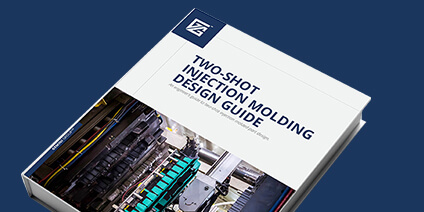Resources
MAKE YOUR JOB EASIER WITH RESOURCES FROM GEMINI GROUP
Make your job easier with design guides, case studies, and more from experts with over half a century of experience in engineered plastic products and tooling solutions.
"*" indicates required fields
Get to know us. Get in touch today.
We have the resources to meet any part or production challenge. Let’s talk about what that means for you.
"*" indicates required fields

